The crescent that the Percys now seem to avoid

|
The Illuminatus Roshaniyya emblem meaning "light"
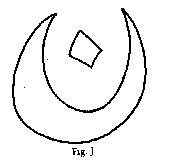
|
|
The old crescent symbol is common throughout Alnwick town, with plenty of them chiselled onto old stonework. An interesting example is sited in Bondgate Within, close to the travel agents. It is also used as part of the crest of the local Duchess High School.
|
So, where did all the "Wizard" Earl's relics go to ? Not all of them are on display ...
 |
|
HP Lovecraft himself. The Lovecraftian mythos circulates about the concept of incredibly old, strange forces.

|
The current Duke of Northumberland
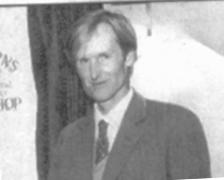
|
|
Alnwick -- note the height differential from town to Castle. Also, note how the castle has maintained its peripheral role to the town.
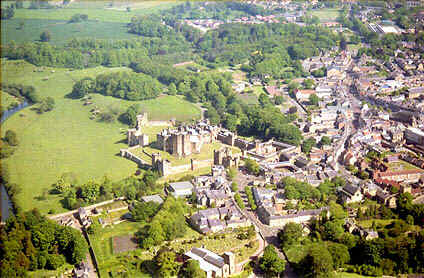
|
The Lion Column -- on a hill, overlooking the Castle (but then, everything does).
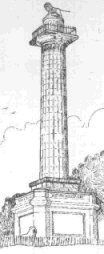
|
|
Malcolm's Cross -- on a hill, overlooking the Castle
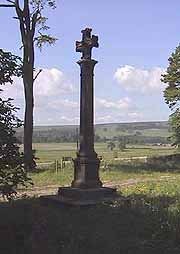
|
Part of Hulne Abbey (still in use)
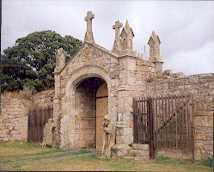 |
|
Hulne Park -- caves and strange statues scattered around !
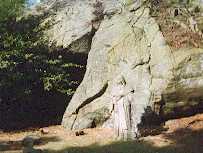
|
The Collingwood Pillar -- on the site of an ancient Briton fort, at the highest point in Alnwick
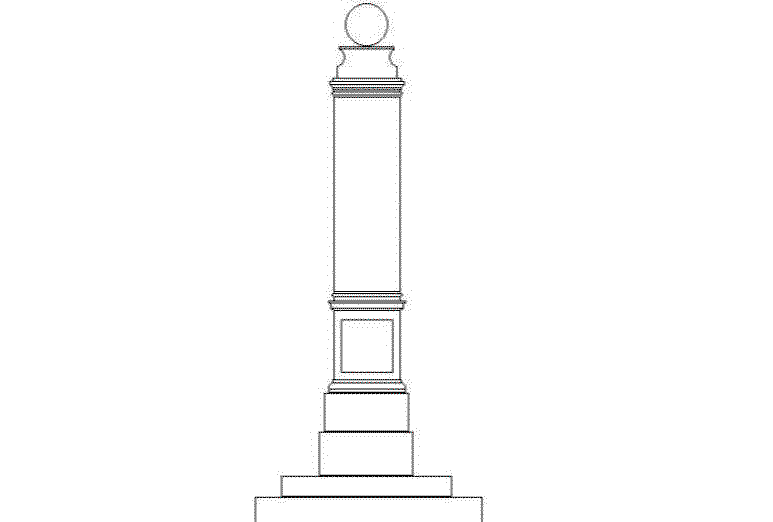
|
|
Hulne Park is effectively a walled enclosure of working farms/forests/timber mills/etc. However it is also an extremely interesting and very beautiful parkland, with some access permitted.
|
The symbol of power of Gnostic Society
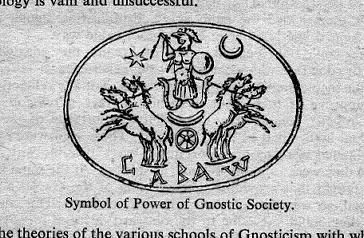 |
|
Alnwick Castle has been demolished and rebuilt entirely several times, but its current site is certainly where it was initially built. However note that the Lion Bridge downhill from the Castle was not always the site of the original river crossing (some believe that it was several hundred yards downstream, possibly where the weir is now, whereas others suggest that it was merely 30yards upstream). In fact, research seems to support the notion that the only bridge there was actually some thirty yards downstream of its current position (until 1770). This would be the logical site -- under the immediate aegis of the Castle. Was there once a unicorn on the other side of the bridge ?
|
Castle, ... Or containment unit ?
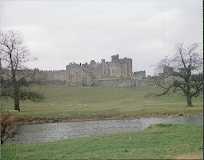
|
|
|
|
|
|
A stone cist cover, with typical "cup and ring" carvings.
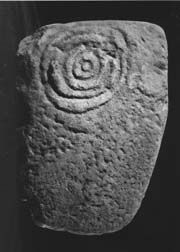 |
|
|
|
|
|
|
|
|
|
|
|
|
|
|
|
|
|
|